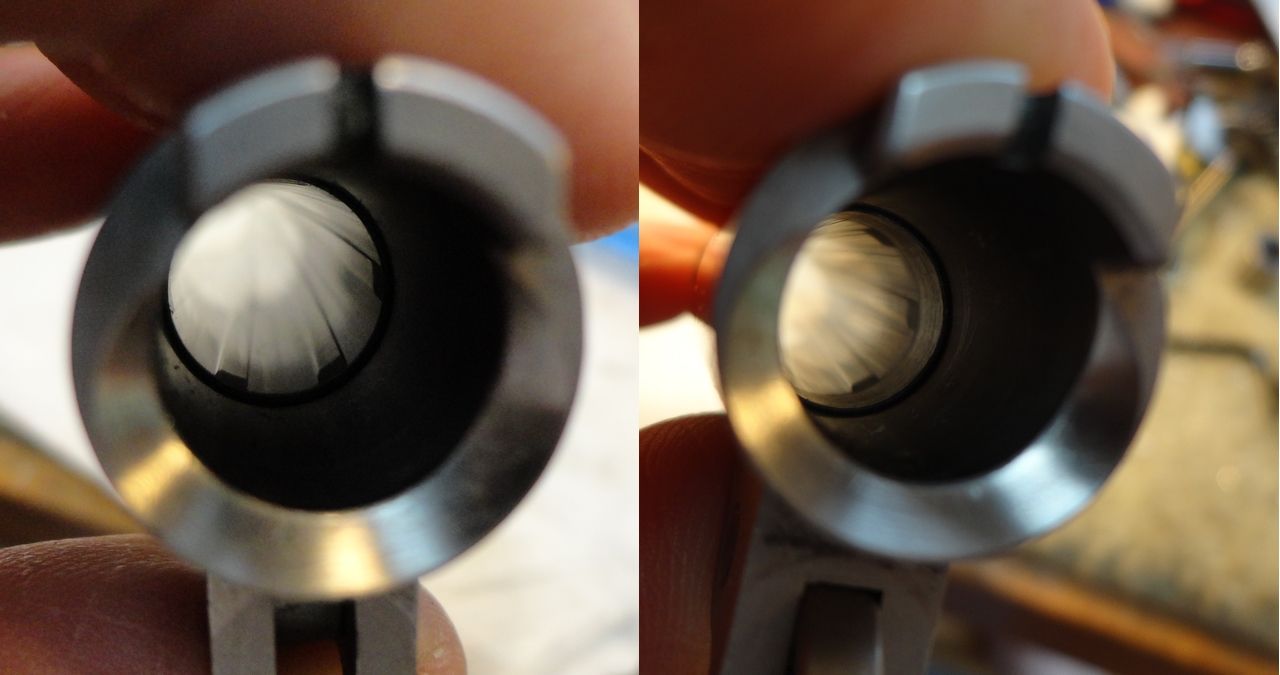Do you have lube/gunk buildup from shooting your cast? This might be causing the issues you are having since they come later in the firing time instead of right away.
Also, measure some loaded rds to see if they are too fat. Set your crimp for .468-.470. If the barrel is too tight send it back to the manufacturer.
The fact that the KKM handles the factory 100% tells me it is an issue with your reloads.
Something I do is I trim all pistol brass that comes into my garage. This gives me consistent crimps. If your brass is varying lengths then you can have some issues there as well.
Lets say you set your crimp die to crimp and you just so happen to have used a long piece of brass. It may not crimp enough when you load shorter brass. This is why some people run into issues.

|
   
   
|


|



 Reply With Quote
Reply With Quote
 DougGuy
DougGuy









